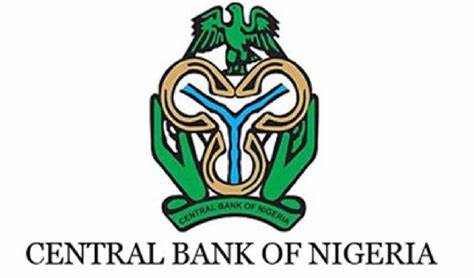The Central Bank of Nigeria has reduced the benchmark interest rate to 27 percent from 27.5 percent, marking the first rate cut in several months as policymakers respond to easing inflation pressures and improving economic conditions.
The decision was announced following the Monetary Policy Committee’s 302nd meeting held on September 22 and 23, 2025, where all 12 members voted unanimously in favor of the adjustment. The committee cited continued disinflation trends and a positive economic outlook as key factors influencing the policy shift.
Alongside the rate reduction, the MPC implemented several adjustments to banking sector reserve requirements. The Cash Reserve Requirement for commercial banks was lowered to 45 percent, while merchant banks maintained their CRR at 16 percent. The committee also introduced a new 75 percent CRR on non-Treasury Single Account public sector deposits, designed to tighten control over idle government funds.
The liquidity ratio remained unchanged at 30 percent, maintaining stability in banking sector liquidity management requirements.
CBN Governor Olayemi Cardoso explained that the rate cut reflected encouraging economic indicators observed in recent months. “The committee’s decision to lower the monetary policy rate was predicated on the sustained disinflation recorded in the past five months, projections of declining inflation for the rest of 2025, and the need to support economic growth,” he stated during a press briefing after the meeting.
The governor indicated that inflation has been trending downward consistently over the past five months, creating space for monetary policy easing. Economic projections suggest this disinflation trend will continue through the remainder of 2025, providing additional justification for the accommodative policy stance.
Cardoso noted that the asymmetric corridor around the Monetary Policy Rate was maintained at +260 and -250 basis points. This framework will continue to guide liquidity management operations and signal the central bank’s measured approach to market volatility concerns.
The central bank emphasized that these policy adjustments aim to consolidate recent gains in controlling inflation while facilitating increased credit flow to productive sectors of the economy. This dual objective reflects the MPC’s attempt to balance price stability concerns with growth promotion needs.
The rate cut represents a shift from the previous tightening cycle, where the CBN had raised rates aggressively to combat persistent inflation pressures. The current easing suggests policymakers believe inflation is sufficiently under control to allow for growth-supportive measures.
The reduction in commercial banks’ cash reserve requirements is expected to release additional liquidity into the banking system, potentially lowering borrowing costs and encouraging lending to businesses and individuals. This move aligns with the broader objective of supporting economic expansion.
The introduction of higher reserve requirements on non-TSA public sector deposits addresses concerns about the management of government funds held outside the Treasury Single Account system. This measure aims to improve oversight of public sector financial resources and reduce potential inefficiencies.
The MPC scheduled its next meeting for November 2025, when members will review the impact of current policy measures on inflation trends, economic growth, and financial system stability. This timeline allows sufficient observation period to assess the effectiveness of the September adjustments before considering further policy modifications.



















